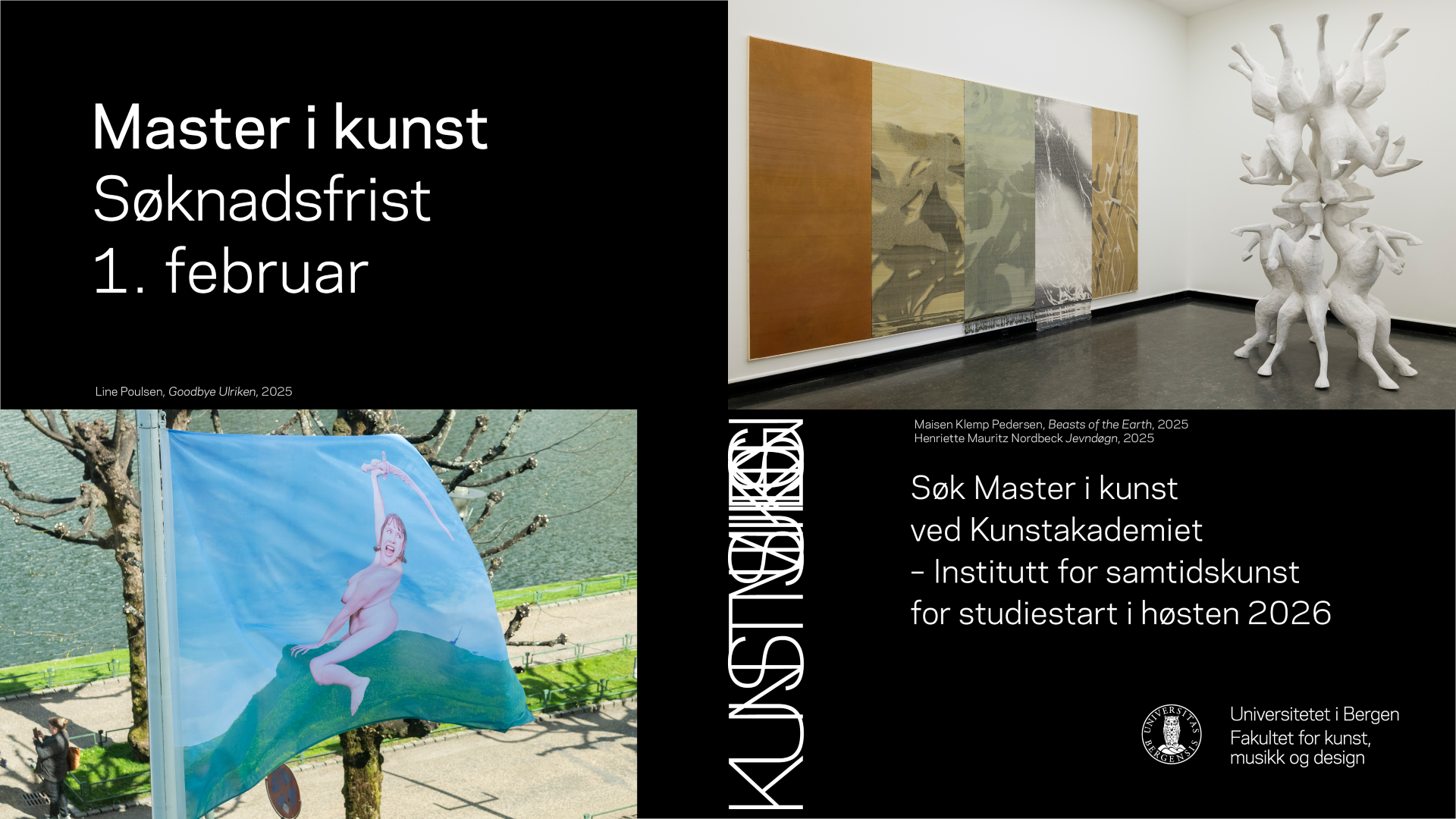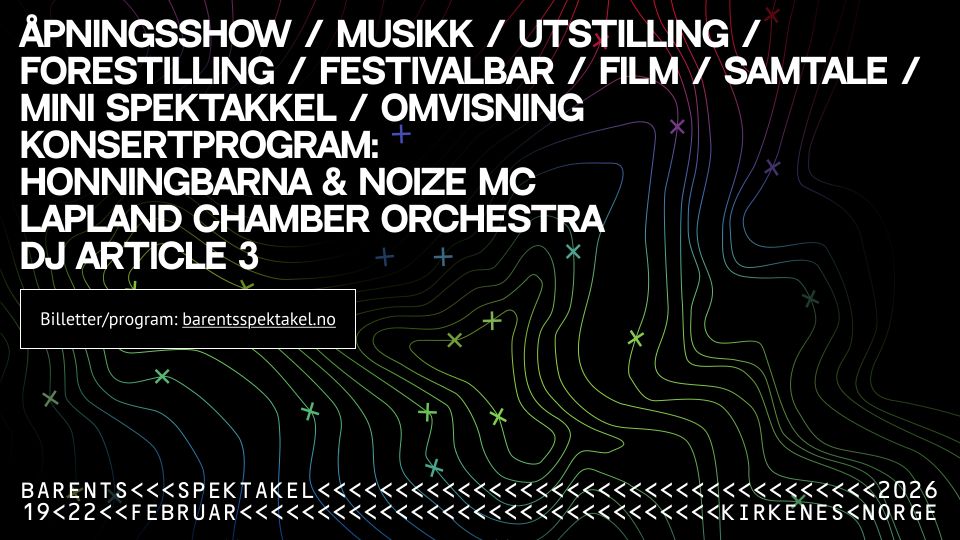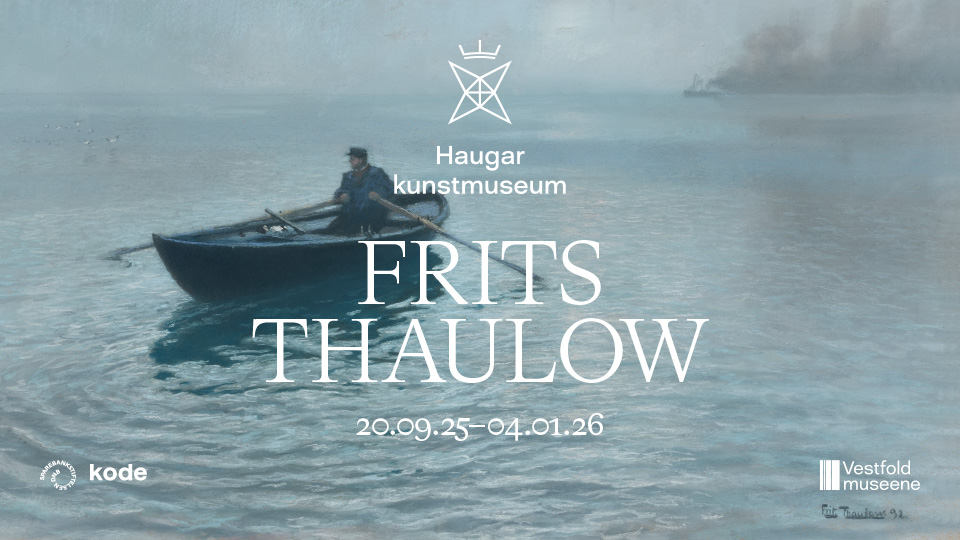
“I collect discarded objects and materials, garbage that no-one wants, but which still carries references to what it once was,” says Oslo-based artist Germain Ngoma. A year ago, he received the Sparebankstiftelsen DNB Artist Grant, one of Norway’s more prestigous art awards. Ngoma is currently working on an exhibition due to open next year at Tenthaus in Oslo, where this autumn he has used the gallery as a guest studio. When I met him there, the place was littered with stacks of styrofoam packaging.
Ngoma has managed the foundry workshop at the Oslo National Academy of the Arts ever since completing his own training at the academy in 1986. He describes the processes involved in casting – exploring, transforming, and pushing materials into new forms – as the fundamental impetus in his art. Even so, he repeatedly returns to the fragile and ephemeral styrofoam. He sometimes uses it as a mould, but more often as a sculptural material, as in Totum, once upon a time (2016), shown in the exhibition Walkabout at the Khartoum Contemporary Art Center in 2017. In this work, a trapezoidal marble carving leans against a white piece of styrofoam reminiscent of the capital of a column; a slender piece of wood peeks out from beneath the styrofoam, and it all perches on top of a weathered wooden beam.
Ngoma actively exhibited his work in the 1980s and 90s, both in Norway and internationally. Although he withdrew from the exhibition circuit in the 90s to prioritise his family, he did not stop making art. In keeping with the temporary and provisional aspects that dictate his choice of material and method, he disassembled his new works upon completion. Few of Ngoma’s sculptures have been shown in public, but all still exist in the form of photographs. In conjunction with the exhibition at Tenthaus, he is collaborating with curator Drew Snyder on a major publication based on this archive.

What are you working on for your show at Tenthaus?
I have always gravitated to wax and coal. Wax I have worked with a lot; it’s always in my fingers. It is a very transformative material that easily changes between states, from solid to soft, to liquid. It can be directly shaped using ambient temperatures or heat sources, or translated into other materials in the casting process. Wax and coal have affinities. They are all about fire. What I have in the gallery now is a carpet of this yellow cheese wax with coal on top of it. By dipping my feet in warm wax, I have also made two casts of my feet. This reminds me of fire walkers, where the performer has mastered a way of walking over fire without sustaining serious burns. So, I filled the feet with water.
You define your practice as archeological. How so?
I’m a collector of discarded objects and materials, things that no one wants, and that are thrown away after use, but still carry the references of what they are. The materials and objects I collect become artefacts of consumer society. It could be radios or TVs. At times I’m interested in the components inside, how they are made, what they are. At other times I’m just fascinated with the form.
Styrofoam packaging is my main obsession. I’m interested in anything that has a cavity. These objects are like moulds, and I used to fill up the packaging like any other container for producing a sculpture through casting. I was curious to find out what shape would emerge, and what I got was an abstract shape with no relation to the packaging itself. I also build with styrofoam. The packaging is a house. It contains, it protects! I wanted to expand on that idea, and build a bigger house.
I return to the packaging again and again in my work. They sneak back; they haunt me. Styrofoam is a very fascinating material, lightweight and easy to put together. I find they are beautiful objects in themselves. I don’t need sophisticated equipment, just nails and sticks to keep it together. If I work in metal, wood, or more valuable material, I have to contemplate a lot before I start working. With styrofoam it is easy to improvise without feeling the fear of loss.

You have said that you grew up with things made for special occasions, and that only lasted a short period of time before disappearing. Is temporariness a theme in your work?
There is this saying: an object can exist for a few seconds or forever. I like the idea that an art piece can be admired without having to be possessed. There are ways for art to exist without being present in the now. Most of the works I have made no longer exist. I have not been showing so much, but I never stopped working. What I do is work and document, and then the objects are gone. Not that I want to destroy them, but I haven’t had a studio for many years, so I thought, “if space is the problem, then I have to find another way of keeping these objects.” Now I have hundreds on hundreds of images – photographs of the process or the finished objects. In that way, I have the works. They just don’t exist physically.
But, at the same time, the materiality of the work seems important to you. You work with physical substances and concrete sculptural forms.
Yes, it is. I was talking to Drew Snyder [curator of the exhibition at Tenthaus] the other day, looking at images of a piece with all these elements that point to sound. He asked if this was a sound piece. But no, it isn’t. I’m not a good sound artist, so I tried to bypass this by using different elements to induce a feeling of sound. It is the same with the images of my non-existent sculptures. If it is a good image, it will give a good idea of what these materials are and how they are connected.
What made you want to work with art?
My mother was a ceramicist, and all my brothers did drawings. I was always fascinated by anything that produces an image: the ability to form something and give it a physicality, to draw a line, to create something, whether it exists forever or for just this one moment. It fascinates me to shape something out of a material that others can then look at, appreciate, get associations from, or say something about. It doesn’t have to be amazing, but it should raise a kind of curiosity.

You grew up in Zimbabwe and later moved to Zambia, where you formed a group together with other young artists. How did you work together?
The idea was to come together and find a place where we could work and be more visible. Eventually, we began meeting in a disused building within a vocational college campus, and we invited other artists to come there and work. After a while we were joined by Henry Tayali (1943–87), an experienced artist who was trained in Germany. He came once a week out of curiosity to meet, talk, and discuss what we were doing. He wasn’t very popular at first. Most of us were self-taught and we had no critical assessment of what we were doing. But we continued, and there was an ongoing discussion where we talked and argued about our work. Even now it is very difficult to say what makes something a good work. But we saw the balance in how a sculpture or a print was composed, and this is intuitive in all creative people, I think. You look for certain things to balance, even if you don’t understand why it works.
Were you differentiating between terms such as art and arts and crafts?
We were very critical about that because we regarded what we made as art, and not what we would call ‘curio art’, which was only made for tourists. But we learned that it was not sustainable to just live off our art. So, to survive we would make ‘curio art’ that we could sell very fast – on the street, or in offices, to whomever wanted it. That way we would have money to buy materials and to get by. It wasn’t a luxurious life, but it was fun.
Is this ‘curio art’, or tourist art, a play on certain African stereotypes?
Yes. You know what the tourist wants: a mask, trinkets, something straightforward, mementos from Africa. It’s a fair exchange. It’s not really a lot of money, but it helps.
My main work was with wood sculpture. I would go out in the forest, find a log and start working on it before moving it to this place. After two years, I was given a building on a farm that I used as a studio. I continued to work with my wood sculptures. Then I met a guy who was working for the Danish Volunteers. We became friends and he was talking about bronze casting. In that part of Africa, there was no tradition for bronze casting, so we started researching the process. As he left for Denmark, I made this foundry – not a professional one, but one where I did casts out of curiosity.
Casting is very foreign to my everyday life, which I spend hunched over of my laptop. Can you talk more about these processes?
It’s quite abstract to many people. You have to see the process. It might take you a while before you understand what is happening, but it is not really rocket science. What is abstract to me is how everything in the process is in transformation until the very last moment.
The casting process gives me a chance to investigate. You can push a material or a process out of its safe zone to find other ways of working with it. The transformation of materials points me to completely other areas, and most of my work is triggered by these processes. Everything I showed in my exhibition at Oslo Kunstforening was triggered by casting. Bronze melts at around 1240 degrees Celsius, which is an incredibly high temperature. When it’s around 1100, I have to stick a steel rod down into the metal, and you can tell if it’s ready or not because the metal sticks and creates a layer on the rod. I’ve always done this. But, suddenly, something clicked in my head: I had several rods that I dipped several times to build layers on top of layers, so you can read them as spontaneously moulded. This was a technique I used to make objects that I was polishing thoroughly. It gave very delicate surfaces, and the high polish gave an association to flames.

Do you strive to not be guided by a preconceived idea, to allow chance to interfere in the creation process?
Yes. I like that everything grows organically while I’m working. I don’t sit down and construct an idea. Either the process of how something is made or the materials I have at hand informs me and triggers the idea.
I always rely on associations, when I finish a work, to help me define what I just made. Sometimes, it comes easily. Sometimes, I have to fight with the end result because it is not what I think it is. But you can’t deny the truth of what has just transpired. In the end, I have to accept what I have made.
We have talked about wax and styrofoam. Are there other materials you like to work with?
At the academy, I was trying to find myself. The first year was hard. The second year, I started to think. When you move to a new place, you always look back. This brought me back to my childhood. I started to work with natural materials – a combination of branches, clay, twigs, and dirt. If I left them outside, they would just rot or destroy themselves. Then I moved to tires, which I was splitting and stretching and containing with steel frames. I made them not only look solid, but become solid objects. Rubber still fascinates me. I often combine it with other organic materials, which are oppositions. So, then people thought I was a big environmentalist with an idea about nature and destructive rubber tires. [laughs]
You laugh, what’s so funny about the tires and the environment?
Because they asked me, “is this kind of environmental?” And I said, “no, no, it’s nothing!” Most of the work was associated with memories of things I grew up with. For instance, some tires would be cut and stuffed with grass and branches to build structures, or split up to make buildings. But when I look back now and see the pictures, it is clear why white people saw it as a kind of environmental work.
On the topic of white people: When you received the Sparebankstiftelsen DNB art grant 2019 at Oslo Kunstforening last December, the website Kunstavisen published an article by art critic Lars Elton, who attempted to celebrate the diversity of the Norwegian art scene. The text received some criticism and was later withdrawn. I know that you are reluctant to talk about this, but I think it is important to address. How did you perceive the situation?
I never like to cry wolf, or to feel victimised. I have always operated as part of a group, and I have represented Norway at international exhibitions. Whatever has happened in my career has happened because of my work. So, I have mixed feelings about the article. I couldn’t figure out how to go into this. I felt Elton was slightly evasive. Was he talking about me personally, or making a more general point? I don’t think the intention was to destroy my work, but it was the wrong topic at the wrong time. I would love for people to talk about my work. Instead, it was overtaken by this article.


















